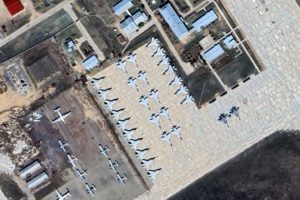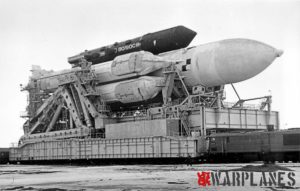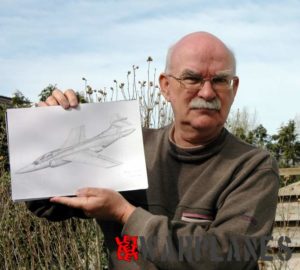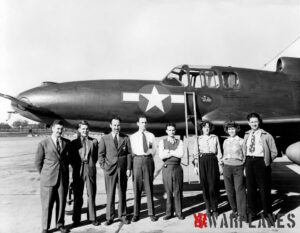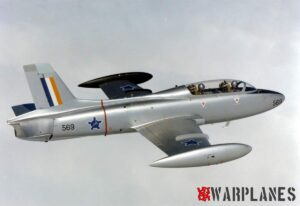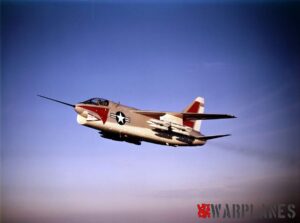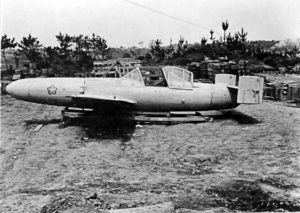Micro Air Vehnicle
An unmanned aerial vehicle (UAV) is an unpiloted aircraft. UAVs can be remote controlled or fly autonomously based on pre-programmed flight plans or more complex dynamic automation systems. UAVs are currently used in a number of military roles, including reconnaissance and attack. They are also used in a small but growing number of civil applications such as firefighting when a human observer would be at risk, police observation of civil disturbances and crime scenes, and reconnaissance support in natural disasters. UAVs are often preferred for missions that are too “dull, dirty, or dangerous” for manned aircraft.There is a wide variety of UAV shapes, sizes, configurations, and characteristics. For the purposes of this article and to distinguish UAVs from missiles, a UAV is defined as capable of controlled, sustained, level flight and powered by a jet or reciprocating engine. Cruise missiles are not classed as UAVs, because, like many other guided missiles, the vehicle itself is a weapon that is not reused, even though it is also unmanned and in some cases remotely guided.
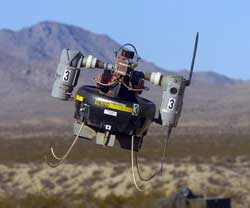
The term micro air vehicle (MAV) or micro aerial vehicle refers to a new type of remotely controlled aircraft (UAV) that is significantly smaller than similar craft obtainable using state of the art technology as it was in 2007. The target dimension for MAVs today is approximately 15 centimeters (six inches) and development of insect-size aircraft is reportedly expected in the near future. Potential military use is one of the driving factors, although MAVs are also being used commercially and in scientific, police and mapping applications. Another promising area is remote observation of hazardous environments which are inaccessible to ground vehicles. Because these aircraft are often in the same size range as radio-controlled models, they are increasingly within the reach of amateurs, who are making their own MAVs for aerial robotics contests and aerial photography.Three types of MAVs are under investigation. Airplane-like fixed wing models, bird- or insect- like ornithopter (flapping wing) models, and helicopter-like rotary wing models. Each type has different advantages and disadvantages, different scenarios may call for different types of MAV. Fixed-wing MAVs can currently achieve higher efficiency and longer flight times, so are well suited to tasks that require extended loitering times. Rotary-wings allow hovering and movement in any direction, at the cost of shorter flight time. Flapping wings offer the most potential for miniaturization and maneuvrability, but are currently far inferior to fixed and rotary wing MAVs.
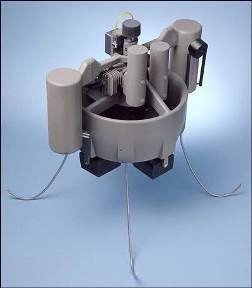 Honeywell Aerospace developed the Micro Air Vehicle, an 16-pound aircraft that can maneuver like a helicopter. The aircraft can be controlled to allow user to look into buildings and can locate improvised explosive devices. Honeywell’s Micro Air Vehicle has demonstrated versatility in the field and the value of the real-time surveillance data it provides. The Micro Air Vehicle is small enough to carry in a backpack and is equipped with video cameras that relay information back to foot soldiers using a portable handheld terminal. The circular vehicle, just 16 (7.25 kilogrammes) pounds and 13 inches (33.02 centimeters) in diameter, operates like a small remote-controlled helicopter and can easily fly down to inspect hazardous areas for threats without exposing soldiers to enemy fire.
Honeywell Aerospace developed the Micro Air Vehicle, an 16-pound aircraft that can maneuver like a helicopter. The aircraft can be controlled to allow user to look into buildings and can locate improvised explosive devices. Honeywell’s Micro Air Vehicle has demonstrated versatility in the field and the value of the real-time surveillance data it provides. The Micro Air Vehicle is small enough to carry in a backpack and is equipped with video cameras that relay information back to foot soldiers using a portable handheld terminal. The circular vehicle, just 16 (7.25 kilogrammes) pounds and 13 inches (33.02 centimeters) in diameter, operates like a small remote-controlled helicopter and can easily fly down to inspect hazardous areas for threats without exposing soldiers to enemy fire.
The Micro Air Vehicle provides the unique ability to take off and land vertically in all weather, including desert and urban terrains without runways or helipads. The air vehicle offers 50 minutes of flight endurance and more than 40 knots of airspeed, and operates at altitudes of more than 10,000 feet. Precise controls allow it to operate in all weather conditions at high altitudes or just inches from the ground, providing hover and stare capabilities to identify improvised explosive device (IED) detection and other critical missions in war zones. The Micro Air Vehicle requires minimal operator training and the military configuration includes two airborne vehicles, a ground data terminal and operator control unit to guide the aircraft and receive images from the cameras. The operator control unit can be used to program a flight path or control the air vehicle manually. The Micro Air Vehicle features a gimballed payload with electro-optical cameras for daylight operations or infrared cameras for night missions. Honeywell’s Micro Air Vehicle has been field-tested in Iraq and has flown more than 3,500 test flights over the past three years. In 2007 it was demonstrated during flight tests in France and the United Kingdom. The Micro Air Vehicle is available to military, civilian law enforcement and security organizations. The Miami-Dade County, Fla., police department is currently reviewing its use for surveillance in urban environments. The unmanned Micro Air Vehicle enhances soldier safety on the battlefield and in urban combat settings by providing highly accurate situation awareness, threat detection, alerts and over-the-horizon images in hostile environments. The small size and weight of the Micro Air Vehicle allows rapid deployment and recovery for mobile military soldiers.
System Features
• Two air vehicles, one ground station
• Packable within two standard Modular,Light Weight, Load Carrying Equipment (MOLLE) packs
• Deployment and stowing operations accomplished in less than five minutes
• Simple, intuitive operation requiring minimal operator training
• Capable of carrying day and thermal cameras, radio relays, and data links
• Vertical takeoff and landing enables “hover and stare” mission profile
• Adaptable to other modular payloads compliant with the mechanical and electrical interfaces
Specifications
Components
• 2 MAVs
• 1 ground station
• Support equipment
Packability
• Less than 40 lbs. system weight
• Packable in or on a MOLLE
• 12.5 lbs. air vehicle wet weight
Air Vehicle Performance (at 100°F / sea-level)
• 40 minutes endurance at 5,500 ft.
• 25 feet/second rate of climb
• 50 knot airspeed
• Take-off and landing in 15-knot winds
• Fly in 20-knot winds
• 10,500-foot service ceiling
Operational Environment
• Temperature: 0°F to 100°F
• Humidity: 100%
• Rain: 0.5 inch per hour
• Salt, fog, sand and dust
Payloads
• Forward and downward looking EO and IR imaging sensors
• Modular interchangeable sensor packaging
Target Detection
• Detect and recognize man-sized target at 250m (day) and 125m (night)
• Target location error of 80 meters
Video Recording
• Air vehicle stores 10 minutes of sensor imagery
• Ground station stores 60 minutes of sensor imagery
Flight Modes
• Autonomous flight with dynamic re-tasking and manual intervention
• Hover and stare
• Remote launch
Flight Planning
• Up to 100 waypoints in a flight plan
• Up to 10 preplanned flight plans stored on Ground Station
• Multiple loiter patterns
Acoustics
• Inaudible (60 dBA) at 100m
Fuel
• JP-8 or gasoline, non-volatile lubricants
Communications
• 10 kilometer range with common military UAV frequencies
Navigation
• 10-meter horizontal position accuracy
• 4-meter pressure altitude accuracy
• Inertial and GPS with SAASM capabilities
Source
www.honeywell.com
www.wikipedia.org
Photo credit- Honeywell Aerospace
Darko Mladenovic

